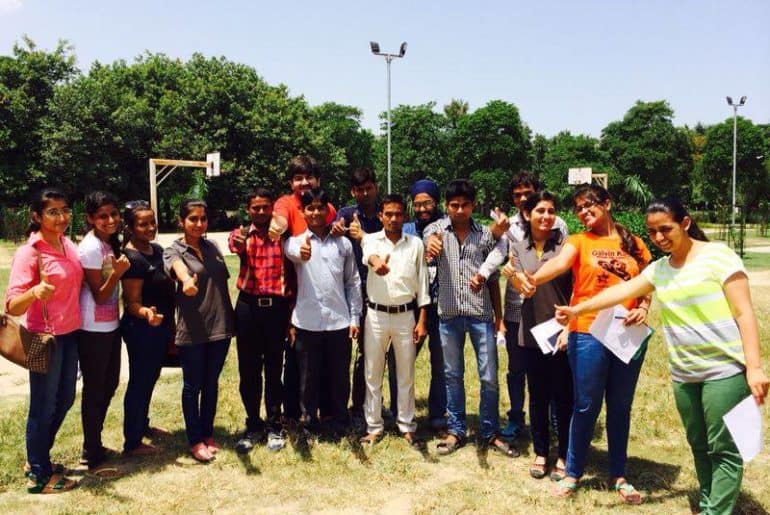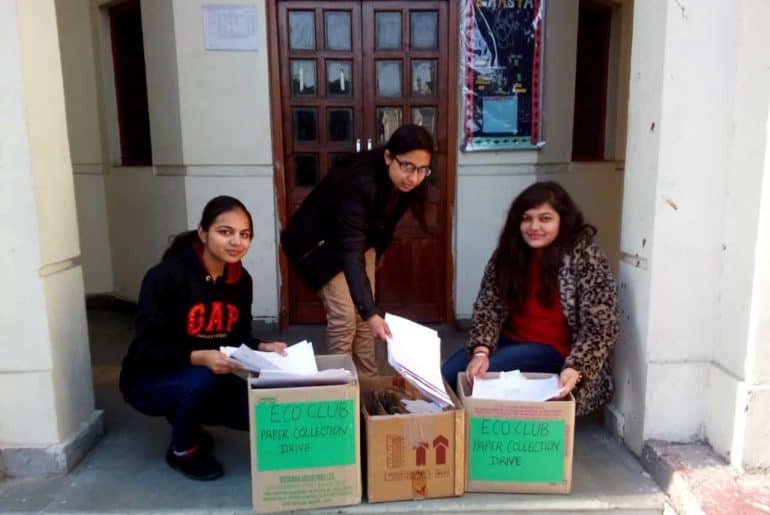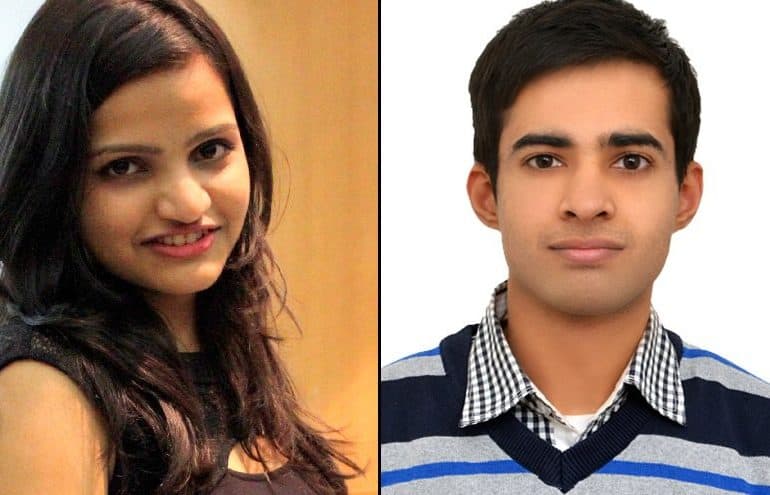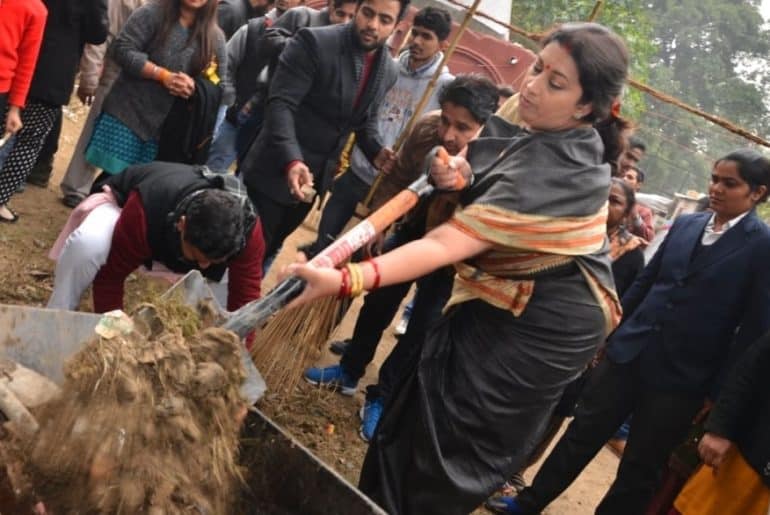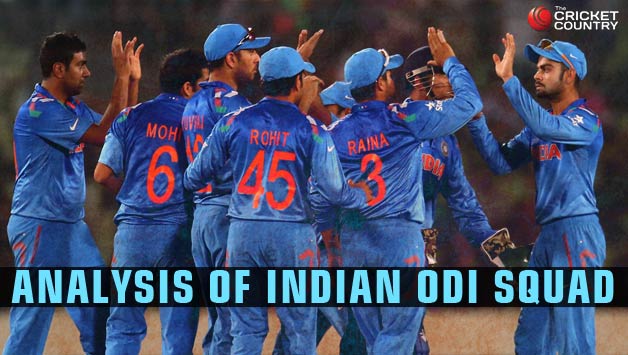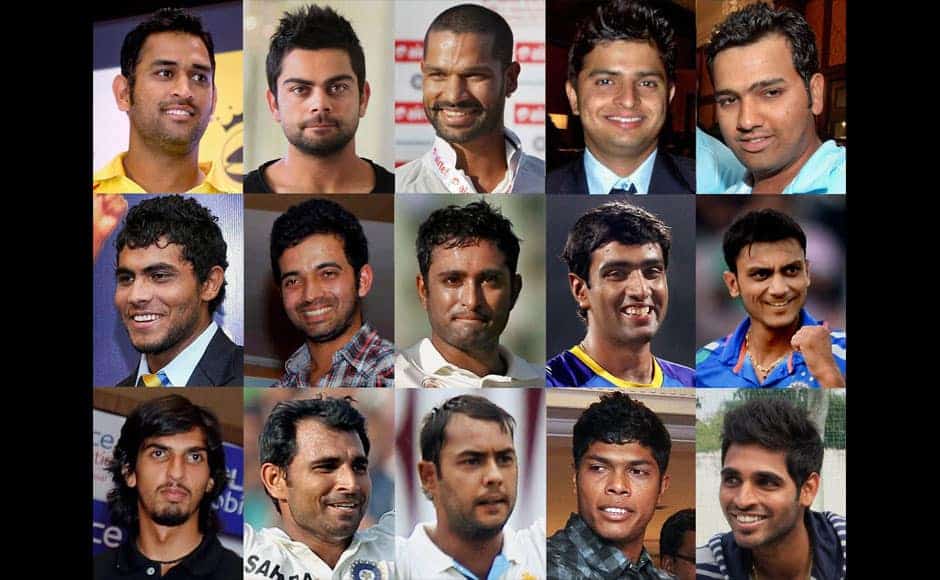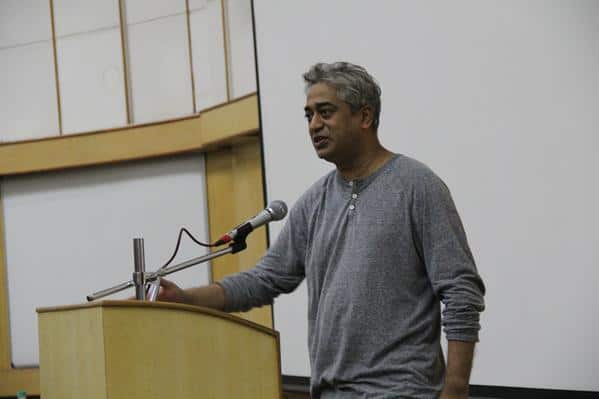When we see a slum, we see the squalor, the filth, the dirt, the poverty, the grime, the dust. We see ‘dignity’ conspicuous by its absence. But there is a group who saw it differently: they saw potential job-seekers. This is the same group of college students who do not believe in giving a man a fish to eat, but rather teaching him how to fish.
These social entrepreneurs-in-action are the members of Enactus at Sri Guru Gobind Singh College Of Commerce. Enactus SGGSCC came up with Project Shakti after thorough research, and eight months later, the survey, planning and implementation has acquired palpable dimensions. Rishabh Goyal, President of the college chapter under Enactus India explains how the conceptual inception was the most crucial part, even as the implementation remains the deciding factor for the success of the project, “The research phase was definitely very grueling. We conducted a lot of surveys in different slums and talked to over 500 slum dwellers. The community we are working for is very unpredictable. Even after expressing their willingness to work and get a job, they used to back out at the very end moment. We needed to detect the problems. And, so we conducted a few experiments to find a solution and then we arrived at one. It was all about building their dignity. This all lasted for 4-5 months.”
So yes, this worked out eventually, and they have been able to employ a few people under Project “Shakti”.
What is Project Shakti: Power comes to the slum-dwellers?
Groundwork, exploration, scrutiny, analysis, plenty of brainstorming, coupled with field work in the slums of Rohini, GTB Nagar and PaschimVihar, materialized into a project which fills a crucial demand-supply gap. Under the project, the lower income group people (who are willing to work), are employed in various shops and centers that require staffs for chores like data entry, billing, delivery and other such jobs so as to provide them with sustainable jobs and earn their living.
The social tangent: benefitting both employers and employees
On one hand, the project provides the hitherto slum-dwellers a fixed source of income to meet the daily expenses, along with a sustainable living pattern, which also confers new learning and skill development opportunities, on the other hand, this aids the employers in the recruitment process by reducing their burden of finding employees, doing background checks, among other benefits that cater to the demand side of the mechanism.
Following up regularly and effectively
Surely, one can never be sure of the fickle human character. How then, do we ensure that the employer and employee are both satisfied with what the project has to offer? Goyal points out that they have this issue figured out, “For the purpose of following up, we have created a separate department of Personal Managers. So, for every person employed by us, we allot a separate personal manager. He/she keeps on following up with the employee and the employer on a fortnightly basis and is available on a 24*7 basis to them. Also, we meet the employee once every month to make sure he doesn’t face any problems in the workplace and in case, he does, we provide him additional training or talk to the employer for the same depending on the situation.
And if that doesn’t work out for another month, we find a new, suitable job for the employee and provide a new employee to the employer as per his requirements.”
The ingredients for success: Fairness
What sets this project apart is the fact that they have regulation checks in place, in addition to the fact that it caters to the needs of both employer and employee, with no tendency to favor one over the other. Their skill enhancement focus makes it all-encompassing.
Future prospects and challenges
While they have so many ways to take the project to the next level: taking more jobs under their umbrella, getting more people ‘placed suitably’, much depends on the follow-up and the efficiency. Hence, success will be defined more by the suitability of their placements more than any other parameter.
Kritika Narula
Image credits: Enactus SGGSCC

